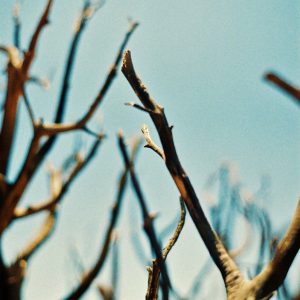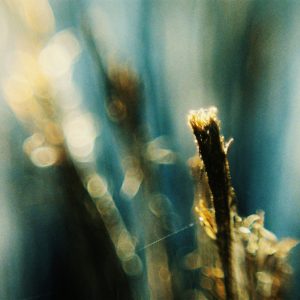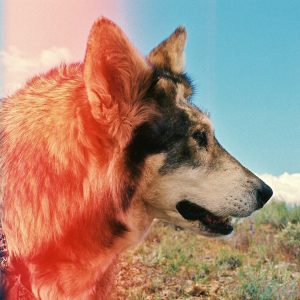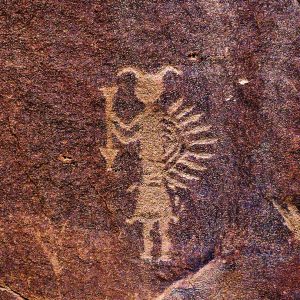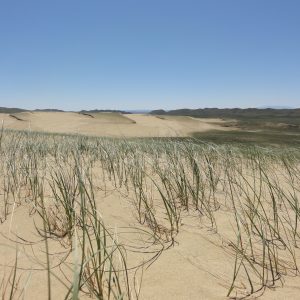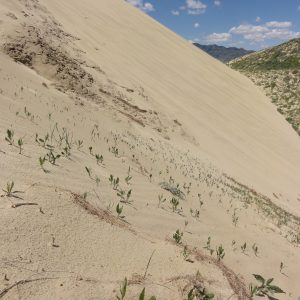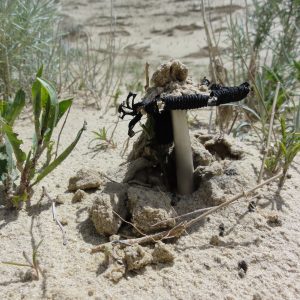My first paycheck of the CLM Internship just arrived, and I still find myself somewhat in awe of the fact that I’m actually being paid to work outside in such a beautiful area. Three weeks ago I moved to Denver, CO to begin working with the Colorado State Botany Team to monitor rare plants and collect seeds for the SOS program. Unlike many of the other interns, I’m originally from the West (Idaho, to be precise), so the ecosystem here is not completely unfamiliar. Neither are the mountains, though the Colorado 14ers certainly do make me reconsider scale. Going to school in Vermont I became used to deriding the mountains there as hills, but living here is making me wonder whether my beloved Idaho mountains are also better described as hills. I’ve decided that because they’re part of the Rockies they still count as mountains, but this was only the first of my assumptions that I had to rethink after arriving.
Coming into my internship I wasn’t sure what to expect, either from the work or from the BLM as an organization. I suspected that I would be working with the ESA, and was worried because I didn’t know how I felt about protecting plants at the expense of recreation or other land use. Though I knew that the government tends to be a conservative entity, somehow I’d gotten it into my head that I would be playing the role of an environmental organization, defending rare plants at all costs. While plant defense will likely be a part of my job, I’ve been surprised and impressed at how aware everyone here is about all of the issues involved in responsible land management. On my tour of the office the first day, a word I heard over and over again was “balance.” Everyone recognizes that the BLM is an organization that is committed to multi-use land management. Not only do we have to protect the plants, but we also must allow ranchers to graze their cattle and outdoor enthusiasts to drive their ATVs. These goals are not always compatible, and it is when they conflict that we must be able to find the balance between them.
So far, our team has been spending a lot of time gathering data that will allow more informed management decisions to be made. My first week we traveled to the other side of the Continental Divide to monitor Penstemon harringtonii, a wildflower that is only found in the greater Vail Valley region of Colorado. This species has been listed as a sensitive species by the USFS and the BLM, and has been given G3/S3 status. However, very little quantitative data exists regarding the size and density of various populations, and so it has been impossible to say whether the populations are steady, declining, or even increasing. We worked with Carla, an ecologist from a local field office, to set up plots and determine densities. She’s particularly interested in learning more about P. harringtonii because she suspects that there are far more individuals than has previously been estimated. If this is really the case, it may be possible to lower the status of this species to G4/S4 and/or remove it from the BLM sensitive species list, thereby allowing more leeway in future management decisions.
Working towards less protection for a species was certainly not something I expected to be doing during this job, but the next week I found myself in a very similar circumstance. We traveled to the southwestern portion of the state to help a different field office monitor Sclerocactus glaucus, a small endemic cactus listed under the ESA. Again, there was very little quantitative data, and again the local office was hoping to prove that it was doing better than had been claimed. In this case, the known range of the cactus happened to coincide with areas that contained a number of grazing allotments. Environmental groups had seized upon this information to claim that cattle were trampling the cactus and should be excluded. However, we wanted to find out for ourselves whether this was the case. We set up several plots in areas of different grazing intensity and sampled and marked individual cacti within the plots. While this study will require multiple years of data to determine how the populations are doing over time, we saw almost no evidence of trampled cacti. Once again, real quantitative data will give a better idea of how to balance different management objectives on a single piece of land.
I’m looking forward to seeing how my internship continues to grow, and to learning more about how the BLM manages its many millions of acres of land. I am now fairly certain that I won’t be stepping in front of any bulldozers, and am becoming confident that management decisions are made based on data, rather than on political (be they liberal or conservative) agendas. And, now that I’ve accepted that the Idaho mountains are smaller but still noteworthy, I feel free to enjoy the beautiful scenery here to my heart’s content.













